Invented by Christoph Cronrath, Fernando Andreu, Alberto Val Vicente, Roche Diabetes Care Inc
One of the key advantages of downloading medical software to your mobile phone is the convenience it offers. Healthcare professionals can access a wealth of medical information, clinical guidelines, drug databases, and diagnostic tools right at their fingertips. This allows for quick and accurate decision-making, especially in emergency situations where time is of the essence. Moreover, medical software can assist in streamlining administrative tasks, such as appointment scheduling, billing, and electronic health record management, saving both time and resources.
For patients, downloading medical software provides a range of benefits. They can access reliable and up-to-date medical information, enabling them to make informed decisions about their health. Mobile applications can also help patients monitor their vital signs, track their medication adherence, and manage chronic conditions. This empowers individuals to take control of their own health and actively participate in their treatment plans.
The market for medical software is diverse, catering to various healthcare specialties and needs. There are applications designed specifically for physicians, nurses, pharmacists, and other healthcare professionals, providing specialized tools and resources tailored to their respective fields. For example, medical software can include drug interaction checkers, medical calculators, anatomy atlases, and clinical decision support systems. These applications not only enhance the efficiency and accuracy of healthcare professionals but also contribute to improved patient outcomes.
In addition to professional-oriented applications, there is a wide range of medical software available for the general public. These applications focus on promoting health and wellness, providing information on nutrition, exercise, mental health, and sleep. Some applications even offer telemedicine services, allowing patients to consult with healthcare providers remotely, saving time and reducing the need for in-person visits.
The market for downloading medical software to mobile phones is expected to continue growing in the coming years. Technological advancements, such as artificial intelligence and machine learning, will further enhance the capabilities of these applications. For instance, AI-powered medical software can analyze medical images, assist in diagnosing diseases, and predict patient outcomes. Moreover, the increasing integration of mobile health applications with wearable devices, such as fitness trackers and smartwatches, will enable real-time monitoring and personalized healthcare interventions.
However, it is crucial to ensure the safety and reliability of medical software. Regulatory bodies, such as the Food and Drug Administration (FDA) in the United States, play a vital role in evaluating and approving medical applications to ensure their effectiveness and safety. Additionally, healthcare professionals and patients should exercise caution when selecting and using medical software, ensuring that they are from reputable sources and have undergone rigorous testing.
In conclusion, the market for downloading medical software to mobile phones has revolutionized the healthcare industry. It offers convenience, efficiency, and improved patient care for healthcare professionals, while empowering patients to actively manage their health. As technology continues to advance, the potential for medical software to transform healthcare delivery and outcomes is immense.
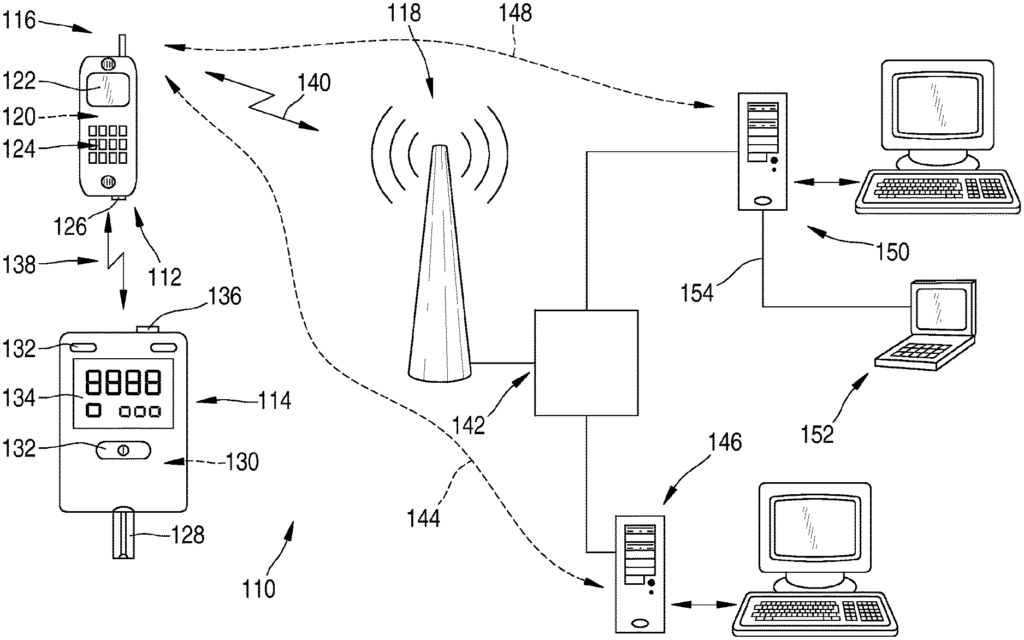
The Roche Diabetes Care Inc invention works as follows
A method of monitoring medical data has been disclosed. The method is applicable to a device that includes a portable medical unit, a mobile communication device, and optionally a medical care service server. Each of the portable medical device or mobile communications device has at least one data transfer interface. The method includes a step for establishing a link between a mobile communications device (MCD) and a server of downloads. The method includes a step for selecting a communication software package suitable from a plurality to control data transfer between a mobile communications device, and a portable medical device. The method further comprises a download phase for downloading communication packages from the server to the mobile communication device, and a step involving installation of the communication package on the device.
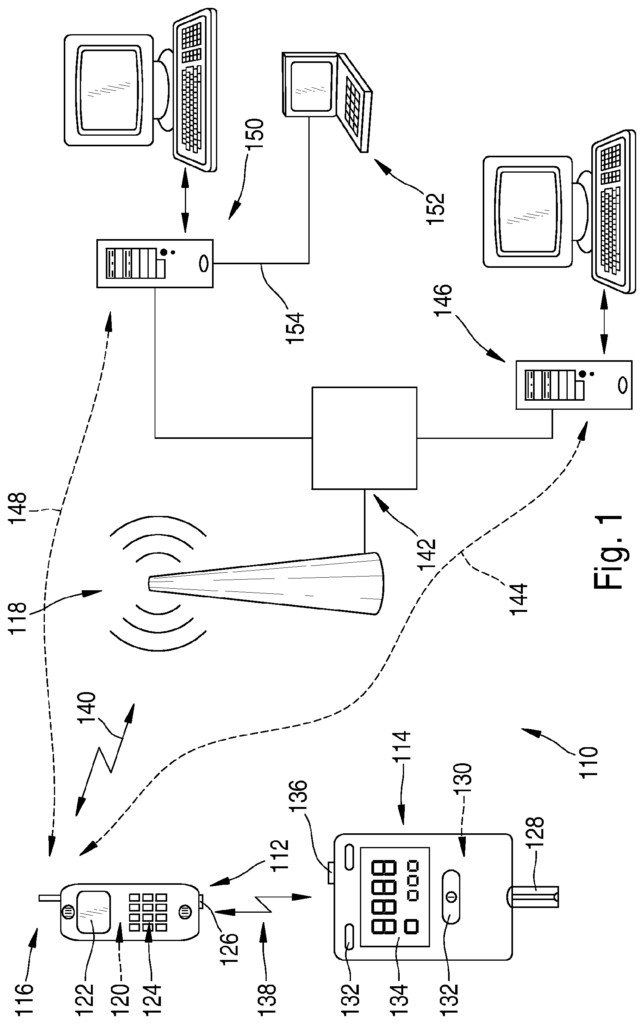
Background for Download medical software to your mobile phone
In many medical fields, monitoring certain body functions are required. For patients with diabetes, regular monitoring of blood glucose levels is an important part of their daily routine. It is important to determine the blood glucose level quickly and accurately several times a day in order to start a medication if certain limits are exceeded. Portable medical devices are often used to avoid disturbing the patient’s daily routine. Commercially available are a large number of portable devices that monitor various body functions.
However, using portable medical devices can be risky. This is primarily due to the fact the devices are sometimes difficult to handle. This, especially for infants or elderly patients, can lead to failures in handling and, therefore, to the possibility of incorrect or inadequate monitoring results. Since most patients who use portable medical equipment have no medical training, it is difficult to interpret the data they gather. Patients are often required to visit their doctors, or other health consultants, at short intervals and on a regular schedule.
In recent years, home care has become more popular as a way to reduce the number of visits to doctors or hospitalizations. Thus, e.g. The availability of mobile communication devices such as cell phone, and the omnipresence communication networks such as the Internet or wireless communication networks has led to the creation of medical care systems that allow for monitoring patients from home using a portable device, with a data transmission system to transfer medical data to a healthcare center.
U.S. Pat. No. No. 5,544,661 discloses patient monitoring system that includes a mobile device and central station. The portable device has an ECG, a photoplethysmograph, an arrhythmia analyzer, an expert system to determine if the pre-established critical parameters have been exceeded, as well as a wireless communication device that automatically contacts the central station through a public cell phone network when this critical parameter has been reached. The central station will send the patient’s ECG waveforms and measurements to the central monitoring station, as well as a two-way voice channel.
The components of this system must be adapted to standard devices by integrating appropriate hardware and software modifications in order to be used within the mobile monitoring system. For many “everyday” purposes, such as blood pressure monitoring or blood glucose level monitoring, the system described in U.S. Pat. The system described in U.S. Pat. No. No.
WO 97/28736″ discloses a way to monitor the health of a person by using measurements. The method involves supplying the results of measurements to the person treating the patients via a communication device using a wireless data link to a computer system that is available to the person monitoring their health. Data stored in the system is used to monitor the patient’s condition. “WO 97/28736 is a patent that relates to self-care, monitoring and health care for a diabetic patient.
EP 0970655A1 discloses an apparatus that is portable and of a reduced size. It has an analyzer to measure the glucose levels in blood, and it provides a series values. The glucose analyzer can display the values on a computer screen connected to a microprocessor. The telematic system provided to patients would allow the data calculated by the portable device to be sent via a mobile phone, which is also connected with the microprocessor, and interpreted remotely. The system described in EP 0970655A1 consists of four main elements: the central unit, the laboratory terminal, the doctor’s unit and a patient terminal. The patient’s device is a combination of a blood sugar auto analyzer, compatible personal computer, and digital mobile phone apparatus (GSM) that are all integrated into a single unit.
Both the systems disclosed in WO97/28736 and EP 0970655 use devices that are commonplace, such as digital mobile phones and personal computers, to exchange medical data between a patient and a healthcare center. The systems described in WO97/28736 or EP 0970655A1 have a number of disadvantages. The mobile digital phones must be specially adapted to fit within the system of health monitoring. The mobile phone must be equipped with appropriate software and/or equipment in order to communicate with the auto analyzer for blood glucose. In many cases, to achieve this, the mobile phone must be sent to a health care professional to be disassembled, and to have software flashed in the cell phone’s memory. The software can also be programmed using a SIM-card that contains a suitable program. This method can be time-consuming and expensive. This method also has a low flexibility, as the device service life of digital mobile phones and certain medical monitoring devices is often not more than a few months. This is because, when the digital phone or portable medical device is replaced, the programming of the portable medical devices and/or digital mobile phones must be repeated. The systems described in the state-of-the-art are also not designed to be “open” to new ?members? New portable medical devices are considered new?members? In most cases, portable medical devices can only be combined with digital mobile phones in certain combinations.
The method disclosed is applicable to monitoring medical data with a portable medical instrument and a mobile communication device, both of which have at least one data transfer interface. The term “monitoring” is used in this context. The term “monitoring” has many different meanings. Monitoring can include an exchange of information, including medical data. It may also involve an evaluation or validation of the data.
The mobile communication device can be any mobile device, or any combination thereof. Mobile communications devices can be a mobile telephone, a PDA or a handheld PC. The mobile communication device is capable of communicating via a mobile network.
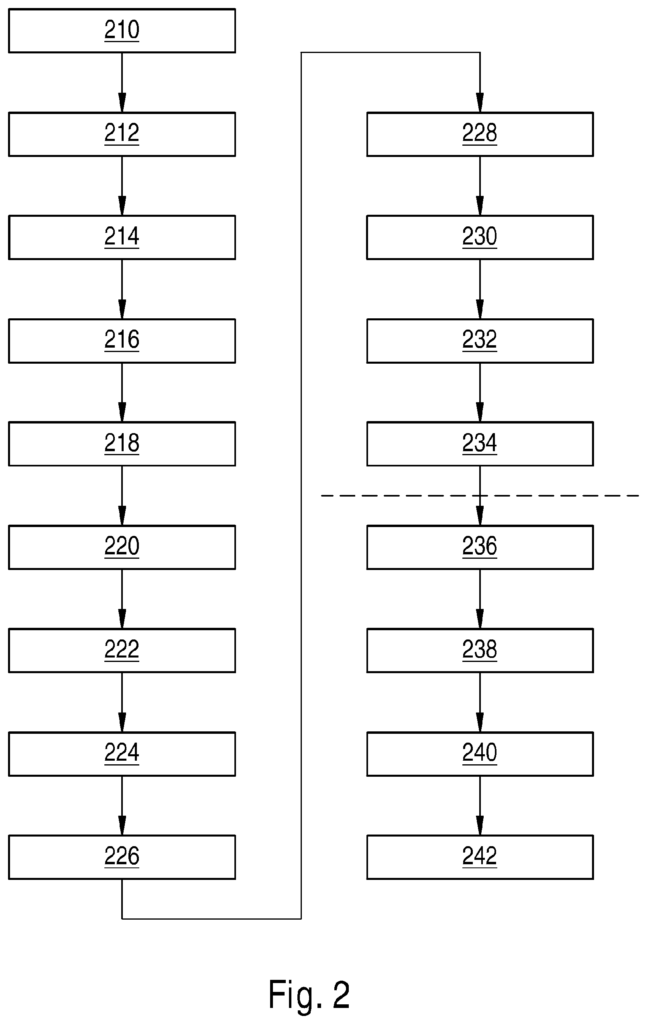
The portable device” can be any portable device, such as a device that monitors a patient’s data or administers a treatment. A combination of portable devices can also be used. The portable medical device can be a glucose meter (such as a blood sugar meter), a cholesterol meter and/or blood pressure meter and/or insulin pump.
The following steps are included in the method, but they do not need to be followed in the exact order. Additional steps may be added to those listed below. “Steps can be repeated or performed in parallel.
In one embodiment, during the first step of the process, a link between the mobile communication device and the download server is established. The download link is a wireless link, for example. The public mobile communication network is used, for example, a digital wireless network. A GSM network. The establishment of a download link between a mobile communication device and a download server can be initiated in several ways. The patient can call a telephone number that has been predetermined to initiate the download link. A wireless application protocol (WAP), push message or other electronic message can be sent to the mobile communication device. The download server transmits an electronic message containing a download address that defines a location to download on the download servers. This download address can, for example. The download address may be an Internet Protocol (IP), or a Uniform Resource Locator (URL). The download server can be a part of the health care center, or it could be a part of the server system provided by a manufacturer of mobile communications devices and/or portable medical devices.
In a second stage, a communication package is selected from a number of communication packages to control a data transmission between a mobile communication device and a medical portable device that are stored on the server for download. The type of mobile communication device or portable medical device that the user (patient) uses will determine the choice of software package. Thus, e.g. The user can choose from a list of mobile communication device types as well as a list types of portable medical equipment. The type of mobile communications device used by the user may also be automatically detected by the download server. The method can include a step that transmits “type information” to this end. The information about the type of mobile communications device is sent to the download server. In this embodiment, the download server automatically narrows the communication software packages available to the user so that only the communication software packages suitable for the type of mobile communication device the user has are presented. The user is only required to choose from a list portable medical devices to download the appropriate communication software package for communication between their mobile communications device and portable medical device.
The communication package comprises software, e.g. Self-installing software is used to control the data transfer between a mobile communications device (MCD) and a portable medical device. As indicated above, the mobile communication device and portable medical device both have at least one data transfer interface. This interface includes at least one wireless data transfer interface. Thus, e.g. Infrared data transmission using the Infrared Association (IrDA), standard link can be used. A radio frequency data link, which includes an interface for Bluetooth and/or near field communication data transfers, can be used as an alternative or in addition. However, alternatively or in addition, hardware-based means of data transfer may be used. For example, a data transmission by way of communication cables or interface cable. Using the communication software package data can be exchanged uni-directionally between the portable medical devices and mobile communications devices. Medical data can thus be sent from the portable communications device to the medical device. The mobile communications device can transmit control signals such as a command to start a measurement or other data.
Further the disclosed method comprises a step in which the communication software package is downloaded from the download server onto the mobile communications device. The communication package can be stored, e.g. The communication software package can be stored on a computer or a mobile device. The communication software package will be installed in a subsequent step on the mobile device. Installation can be automatic or user initiated. Thus, e.g. Before installing the communication package, you may ask the user for permission to start the installation. By activating a specific key on the mobile communication device.
The method described in the disclosure provides a great deal of flexibility with regard to the selection of mobile communication devices and portable medical devices. Patients or users can easily switch between different types of devices. The user will only need to download the new communication software from the server in case he wants to change devices. Many portable medical devices and mobile communication devices use standardized interfaces such as IrDA. Hardware changes are not required. It is no longer necessary to send the mobile communication device to the provider to swap software modules or to adapt it to communicate with a portable medical device.
The download procedure can be similar to the one used to download ringtones to mobile phones. The method disclosed in the disclosure increases the applicability and usability of mobile healthcare systems, reducing health care costs, and improving patient monitoring.
The method disclosed in the disclosure can be improved or extended by various means. The method can include a step in which at least a first medical information exchanged via data transfer between the portable communications device and the medical device is performed. So, a minimum of one diagnostic information can be exchanged by transmitting from the portable communications device to the mobile medical device. The first medical information can include several different types of information. As described above, data transfers between mobile communications devices and portable medical devices may be unidirectional or bidirectional. The mobile communication device can be used to initiate measurements or to program the portable device. The portable medical device can also transmit medical information, including measurement information. So, glucose information such as blood glucose information, blood pressure information, cholesterol information, or coagulation may be sent. A measuring time can also be transmitted, for example, a time point related to the measurement of medical information. Further, a dose information, e.g. A dose information, for example, for insulin medication or for programming an insulin-pump, can be transmitted. In this case, the dose information is sent in the direction of the mobile communication device towards the portable medical device.
At least one of the first medical information can be stored in a mobile communication device database. The mobile communications device can therefore include a database program. This database software can, for example. The communication software package can be downloaded either from the same server or from a different server. Downloading may be done in a similar way to that of the communication package. The database software could even be included in the communication software package that is downloaded from the download site.
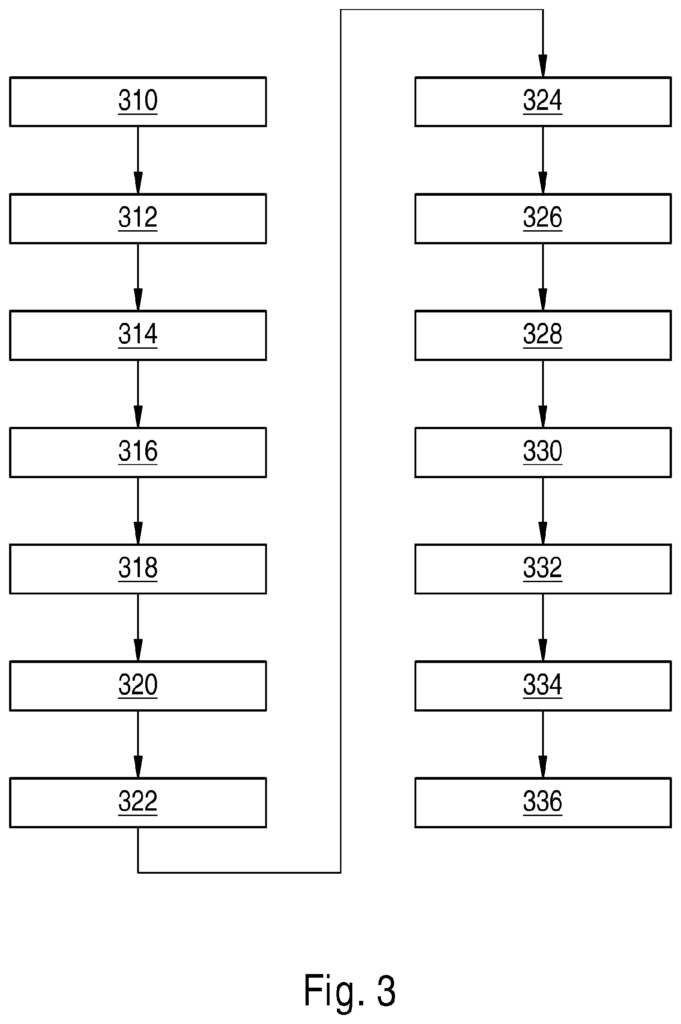
Alternatively or additionally to database software, alternative types of software algorithm may be applied to first medical information. The mobile communication device may apply at least one algorithm of evaluation to at least one medical information. This evaluation algorithm, like the database, may be separate or part of previously listed software modules such as communication software package, database software and/or other software modules. The at least one algorithm for evaluation may also be downloaded either from the same server as the database software or from another server within the same download step or separately.
Click here to view the patent on Google Patents.
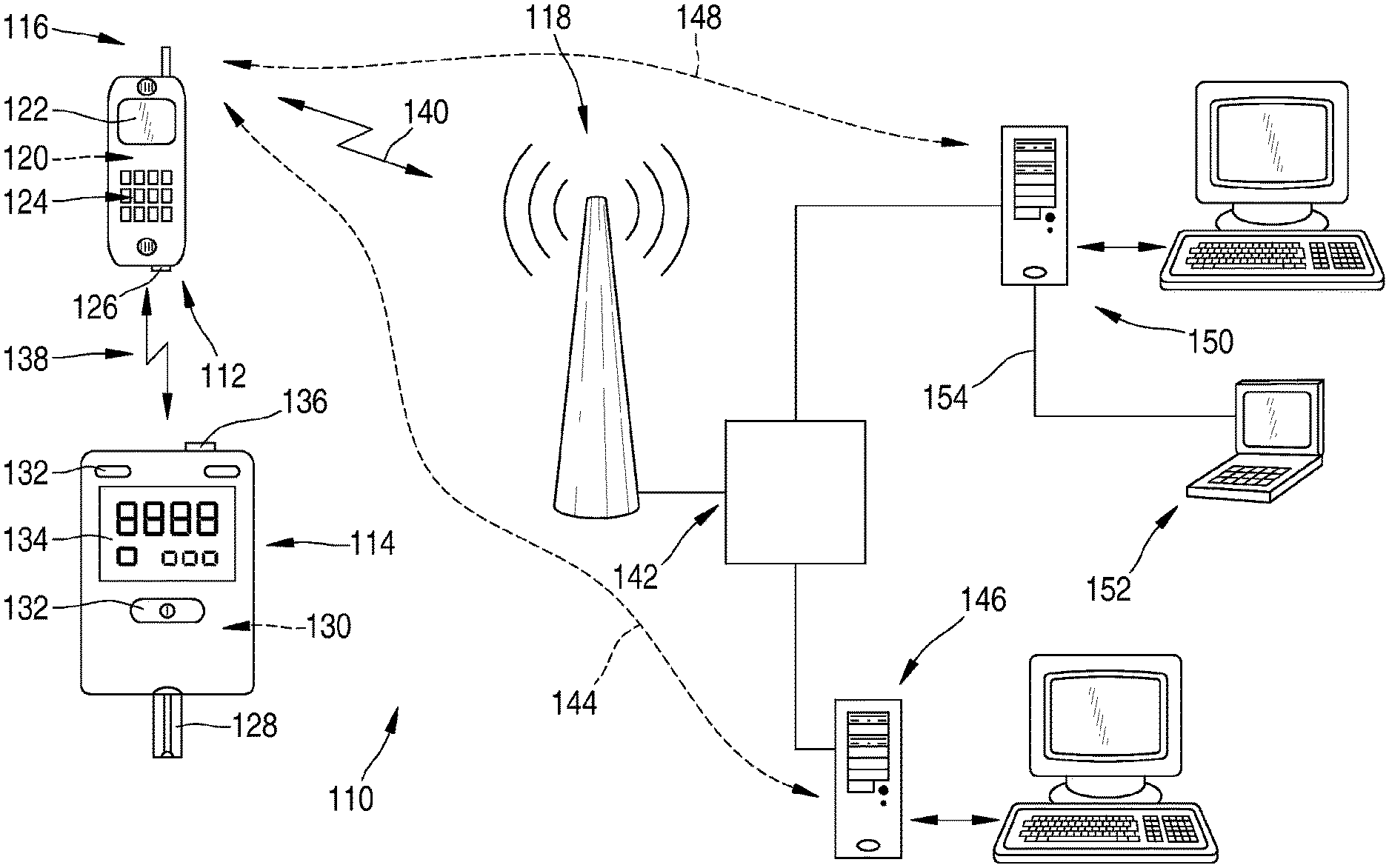
Leave a Reply